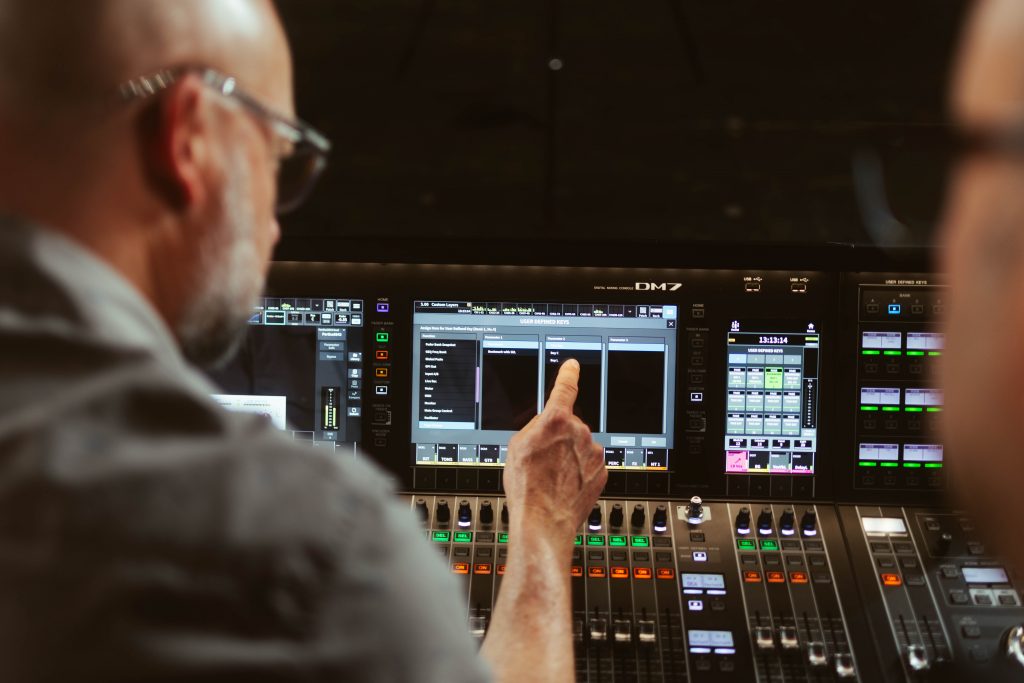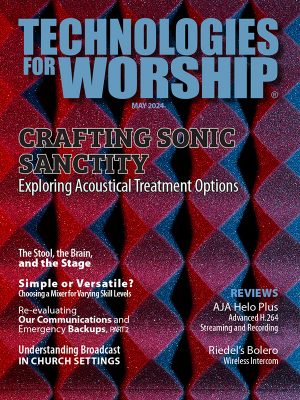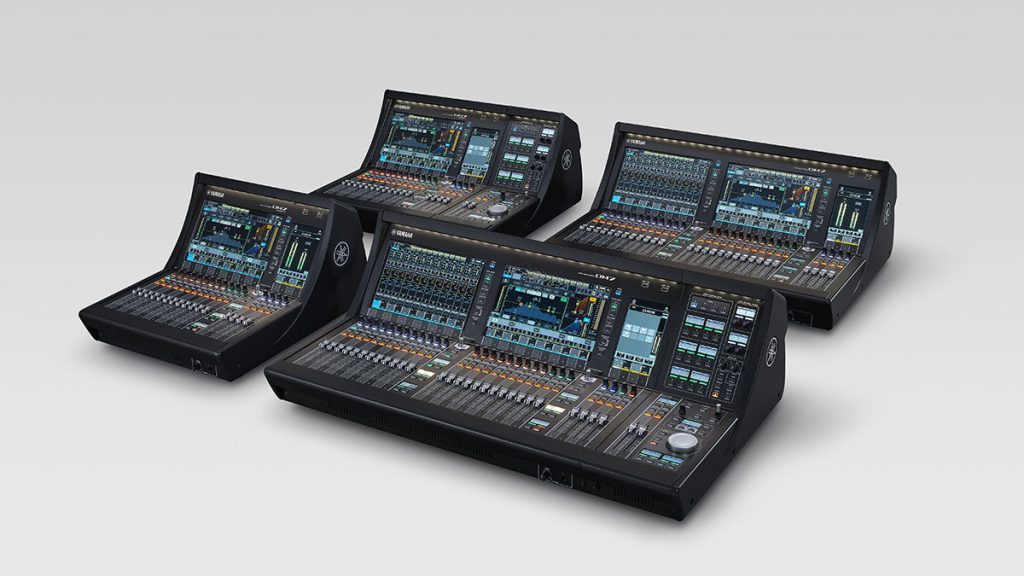
By Chris Eslinger
In the ever-evolving landscape of audio production, the Yamaha DM7 mixing console stands out as a beacon of innovation, blending advanced features with a user-friendly touch screen interface. As a seasoned audio engineer, I’ve had the pleasure of exploring the capabilities of this console, and I am thrilled to share my experiences in this review.
Touch Screen Interface
The first striking feature of the Yamaha DM7 is its touch dual screen interface, a design choice that creates a modern feel we have all grown used to in our everyday lives. The two touch screens are not merely a cosmetic addition but serve as an intuitive control center for navigating the console’s extensive capabilities. The responsiveness and accuracy of the touch interface are commendable, allowing users to access and manipulate various parameters with ease.
The incorporation of touch screens is a paradigm shift from the traditional physical controls, providing a more streamlined and efficient workflow. Whether it’s adjusting EQ settings, fine-tuning compressors, or managing routing options, the touch screen interface delivers a level of immediacy and precision that enhances the creative process.
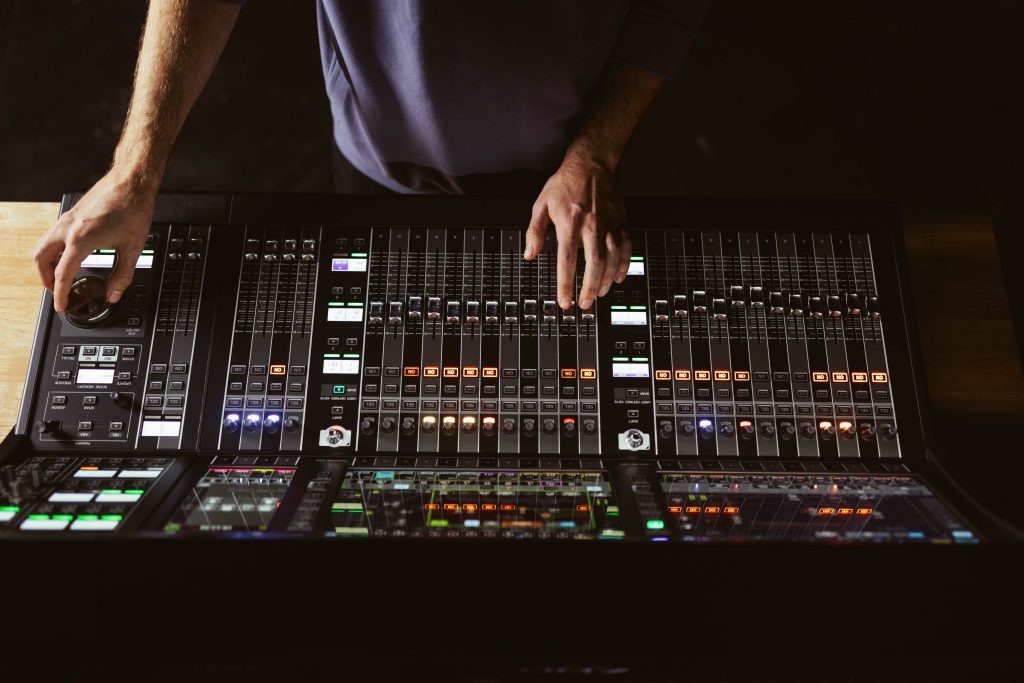
Advanced Features Beyond Price Point
One of the most impressive aspects of the Yamaha DM7 is the array of advanced features it offers, punching well above its weight in terms of pricing. Notably, the inclusion of delay compensation is a game-changer, ensuring that every element of the mix remains tight and coherent. This feature is particularly valuable in live sound scenarios where timing is critical, setting the DM7 apart as a reliable and professional choice.
The external plugin support via the VST rack software expands the sonic palette available to users. This forward-thinking approach allows seamless integration of third-party plugins, opening up a world of possibilities for sound shaping and manipulation. The extended library of premium rack hardware emulations further enhances the console’s sonic versatility, providing access to iconic gear within the DM7 ecosystem.
Comprehensive Channel Strip Options
The DM7’s channel strip provides for much greater sonic flexibility over pervious consoles in this price point, offering a diverse range of tools to sculpt and refine each element of the mix. Within each channel strip, users can explore multiple compressor and EQ options, allowing for precise tailoring of individual tracks. This level of flexibility is a testament to Yamaha’s commitment to providing professional-grade tools to users at an accessible price point. I often felt like I had to get creative with the CL/QL series to get the right kind of compression on the right sources, and this opens a new level of options without the need for external processing units.
Split Mode
The inclusion of split mode is a standout feature that deserves special mention. Split mode allows users to divide the console’s channels and outputs, essentially providing two separate mixing surfaces within a single unit. This capability is a game-changer if you’ve never had the ability to offer dedicated processing for in ear mixes.
Build Quality and Reliability
Yamaha has long been synonymous with robust build quality and reliability, and the DM7 proudly continues this tradition. The console exudes a sense of solidity, reassuring users that it can withstand the rigors of both install and road environments. The tactile feel of the controls and the overall construction instill confidence, making the DM7 a reliable companion for professionals and volunteer engineers alike.
Comparative Advantage Over CL/QL Series
Having spent time with Yamaha’s CL/QL series, the DM7 represents a significant leap forward in terms of touch screen functionality. The touch screens on the DM7 are more responsive, providing a smoother and more intuitive user experience. The enhanced interface not only streamlines operations but also contributes to a more immersive and enjoyable mixing process.
Not a Deal Breaker
There is no such thing as the perfect mixing console and while I am a big fan, I did find myself missing the higher fader counts of the CL5/QL5. Those extra six faders made a difference for the way I like to mix but it certainly isn’t a deal breaker.
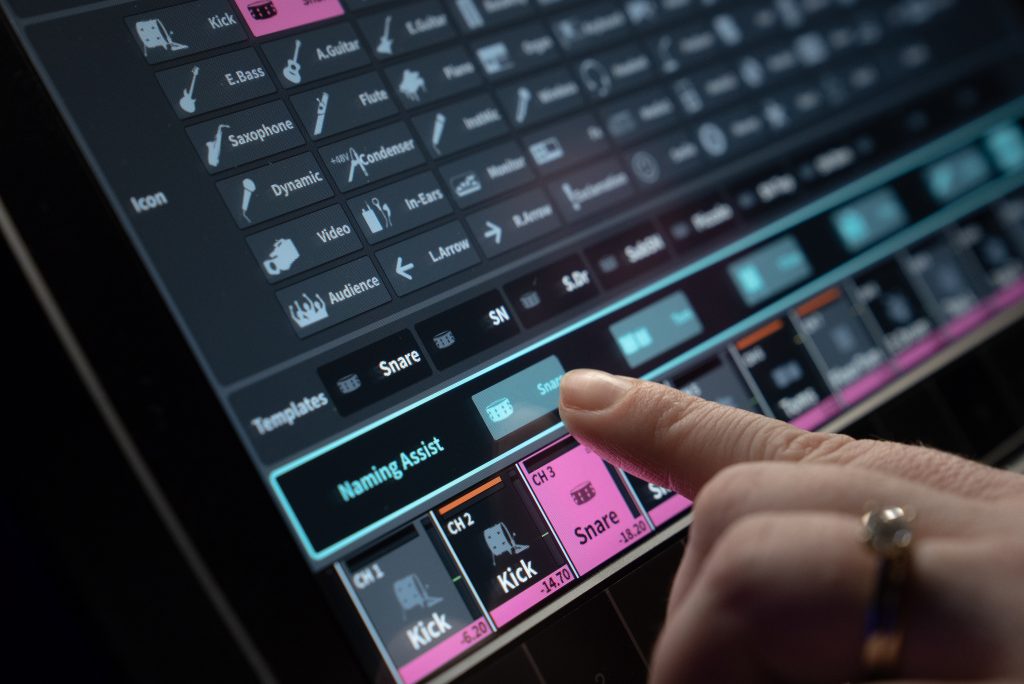
In conclusion, the Yamaha DM7 mixing console stands as a testament to Yamaha’s commitment to pushing the boundaries of innovation while maintaining reliability within the audio industry. The touch screen interface, advanced features, comprehensive channel strip options, and robust build quality collectively make the DM7 a standout choice in its price range. Whether you’re a seasoned professional or a once-a-month volunteer audio engineer, the Yamaha DM7 offers a powerful and user-friendly platform for realizing your sonic vision. It’s a touch of excellence that elevates the art of live mixing to new heights.
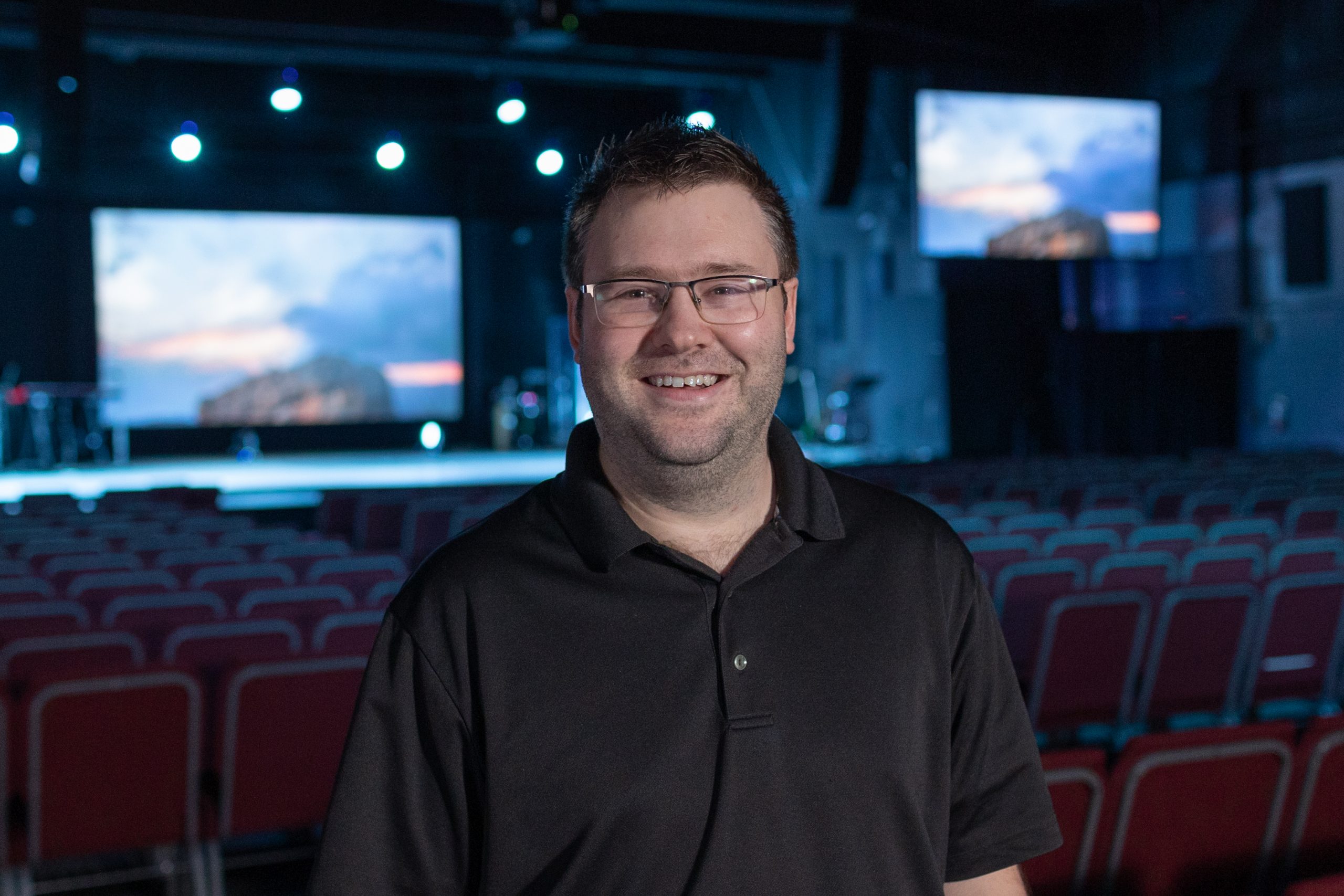
Chris has been serving in churches since 2014 as the staff technical director. He has worked in touring audio as well as corporate AV. He has a B.S. in Music and Worship from Johnson University in Knoxville TN. He also does AVL and leadership structure consulting work with church organizations. You can find more info along with his blog and podcast at chriseslinger.com



